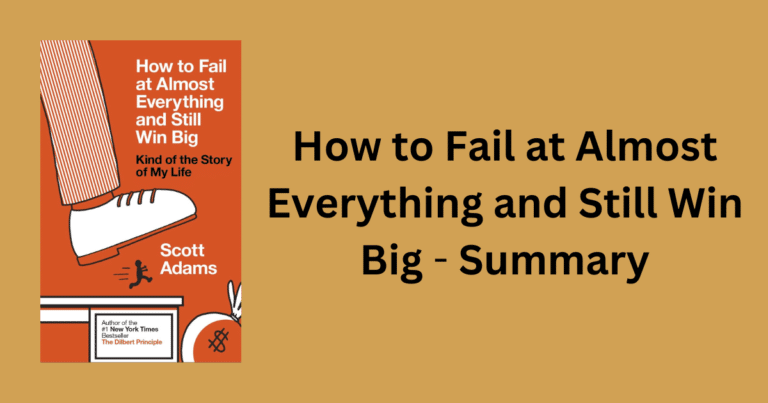Shoe Dog is the story of the inception of Nike in Phil Knight’s own words. It dates the journey from 1962 to 1980.
The book is broken down into two parts part 1 covers Blue Ribbon and Nike comes along in Part 2.
Phil Knight grew up in Portland Oregon and co-founded Nike with his iconic track coach, Bill Bowerman.
Phil was a track runner back in Portland. He had a deep passion for running but never made it to the elite level.
He wanted to feel the rush that athletes felt without competing, but being in their presence in some form and from this deep-rooted passion emerged Nike.
It’s a fascinating read about Business, Entrepreneurship, and Sport. It leaves you on the edge of your seat many times thinking he will not make it’s over, but Phil finds a way.
Shoe Dog
Shoe dogs were people who devoted themselves wholly to the making, selling, buying, or designing of shoes.
Phil Knight was 24 when he returned home after graduating with a master’s degree from Stanford and serving a year in the army.
Phil’s father called Phil buck ever since he could remember and the name stuck. Everyone called Phil Buck even though buck wasn’t his real name.
One night, he nudged an idea past his old man about importing shoes from Japan. Japanese cameras were outdoing german cameras at the time and he thought he could do the same with shoes.
This crazy idea came while submitting his research paper at Stanford. No one thought much of it and his dad didn’t want his son jackassing around selling shoes.
He decided to travel the world and experiment with his shoe idea and find himself along the way with his friend carter. His first trip was to Hawaii.
Part 1
In 1962 Buck and Carter arrived in Honolulu, Hawaii. They were greeted by beautiful women and made their way to Waikiki beach.
They hit the beach, had fun, and learned soon that they needed to work jobs to make ends meet.
Buck and Carter worked odd jobs selling encyclopedias and mutual funds. Buck hated selling both he was terrible at it.
Buck was an introvert, shy, and extremely nervous around strangers. Buck realized it was time to leave Hawaii for the better.
Carter met a beautiful Hawaiian woman and settled down. Buck was now officially on his own.
Buck made his way to Kobe, Japan. There was a shoe manufacturer, Onitsuka, that made tiger shoes.
He was naïve and wasn’t fully aware of what he had gotten himself into.
He somehow managed to convince the Onitsuka management that he can distribute shoes in the US. He called his company Blue Ribbon, though there was no Blue Ribbon.
There were many instances where Buck didn’t know what to do, but he simply said yes when an opportunity presented itself and figured it out along the way.
This quote by Richard Branson comes to my mind.
“If somebody offers you an amazing opportunity but you are not sure you can do it, say yes—then learn how to do it later!”
Richard Branson
Buck, thrilled with the opportunity, got back to Portland and his father lent him 50 dollars to buy some tiger shoes.
He knew he needed more expertise on the matter and went to his track coach to proceed. Bill Bowerman loved the idea and invested in it.
Soon Blue Ribbon began importing shoes from Japan. Sports Retail stores rejected the idea, so Buck had to sell the shoes himself.
He went to various track events, fans, coaches and runners and even sold shoes from the back of his car.
Jeff Johnson became Blue Ribbon’s first full-time employee. He was a team player and dedicated himself, just like Buck and Bowerman.
Buck dealt with the Business and Bowerman came up with the innovation while Jeff built a good database of people who could do business with Blue Ribbon.
An idea that bloomed from the running track of Oregon and Stanford Business was doing well until Kitami entered the picture.
The relationship with Onitsuka soured in the early 70s. Kitami was there for himself and wanted to ruin Buck.
One day Onitsuka visits Blue Ribbon and was not pleased with what they saw. Even though sales were doubling each year, they wanted a bigger distribution they wanted out.
Buck knew the contract terminating in Japan and developed a new idea in his head to make shoes in Mexico.
Part 2
Onitsuka held blue ribbon back with their late deliveries, mixed up orders and refusal to implement new ideas.
With a lot of legal battles, Onitsuka and Blue Ribbon parted ways. For 7 long years, Bowerman and Jeff helped Onitsuka, but it had all come to a halt. They had to start over.
In 1971, Blue Ribbon Sports had officially become Nike. Nike had to stand out in a way from its chief competitor the stripes of adidas.
All iconic brands have a short iconic name and a powerful sound in the name like K or X. All described Nike. The word Nike came to Jeff Johnson in a dream and they stuck with it.
Carolyn Davidson, a graphic design student from Portland, designed the swoosh. A timeless graphic that looks like something a runner might leave in his wake.

Nike would soon become a multibillion dollar company and one of the most recognizable brands in the world.
Nike is more than a brand now, it’s a statement.
Buck couldn’t sell encyclopedias or mutual funds to save his life, but he had a knack for selling shoes.
Why?
Because he believed in his product. He truly believed that if people put on a pair of running shoes and ran every day, the world would be a better place.
He had a clear sense of why and moved from zero to one.
Bill Bowerman was the heart and soul of Nike. He was a true shoe dog. Bowerman would transform the way athletes would run, stop and jump for generations.
Nike’s quality and innovation would soon be greater than puma and adidas. Nike was Phil Knight’s idea, but it wouldn’t have been possible without a team who battled for a common cause, many names that have not been mentioned here.
“I’d tell men and women in their mid-twenties not to settle for a job or a profession or even a career. Seek a calling. Even if you don’t know what that means, seek it. If you’re following your calling, the fatigue will be easier to bear, the disappointments will be fuel, the highs will be like nothing you’ve ever felt.”
PHIL KNIGHT






